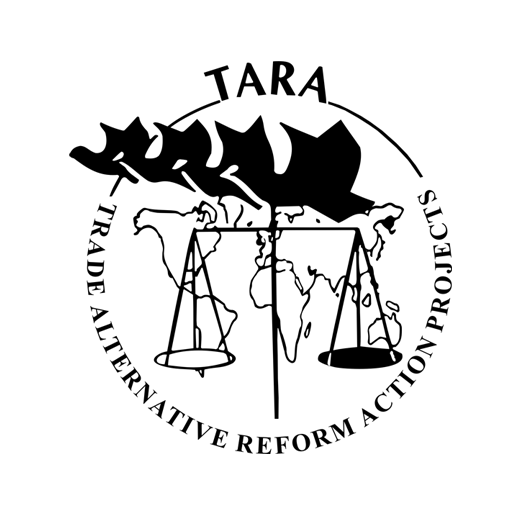ARTISANES DE MARIA
Defending a traditional art in the middle of the Andes
Maria, an Andean village that may become of ghost town
Maria is a sleeping village on the slope of one of the misty mountains of the Chachapoyas region. It is located on the eastern side of the Andes, where the Amazonian forest begins. Already, luxuriant vegetation, very different from that of the high plateaus, begins to cover the mountains.
This region of the Northeast of Peru opposed a fierce resistance to the advances of the Inca empire, in the 15th century. Its inhabitants, the Chachapoyas, resisted fiercely against the imperial armies from the top of fortified citadels in the mountains. It is the case of Kuélap, an impressive city of stone which is in the process of becoming a Peruvian high touristic place.
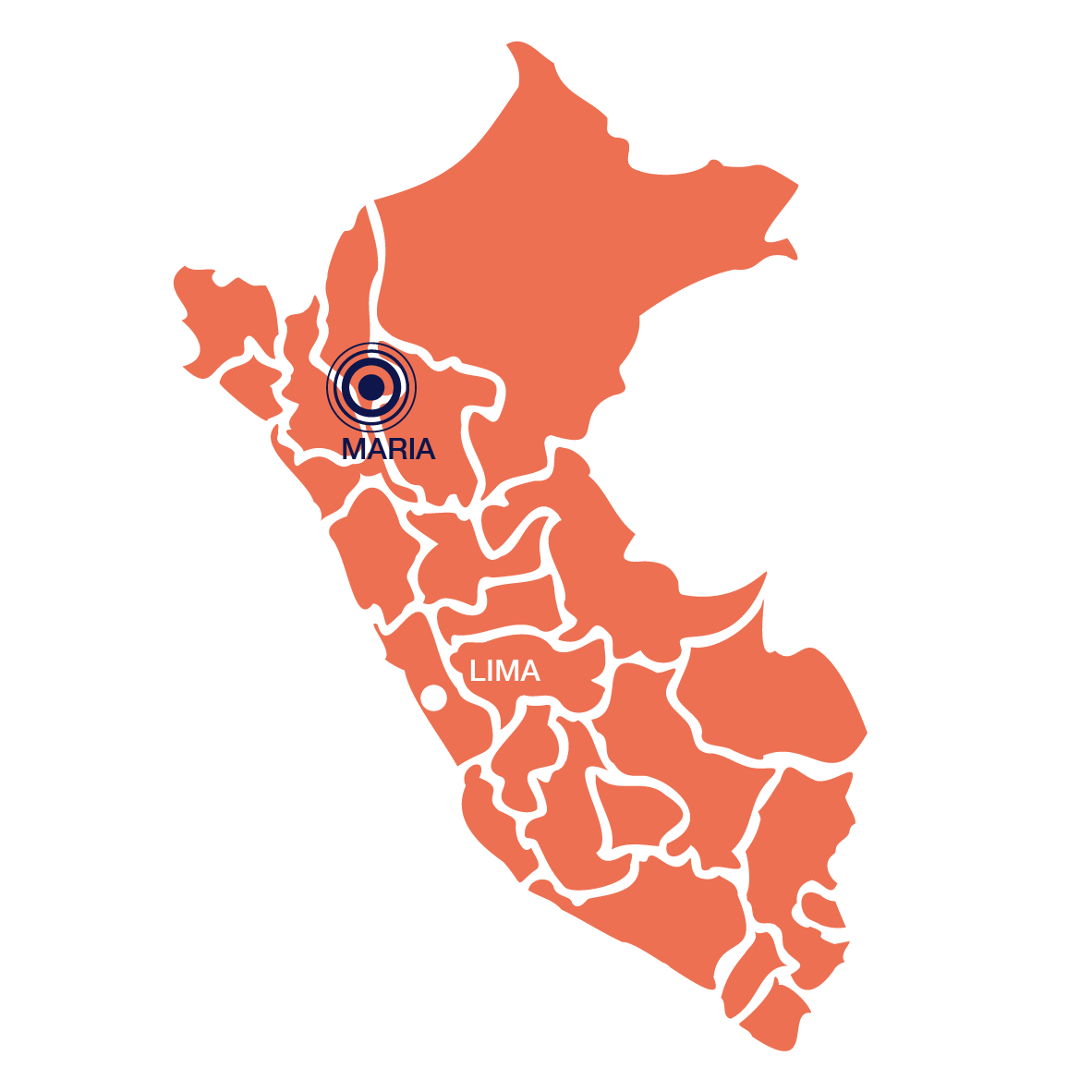
In the past, Maria was an obligatory stop for any tourist wishing to know Kuelap. As a testimony of it, the restaurants and deserted hotels which sadly await the arrival of visitors, on both sides of the main street of the village. While waiting for a return of the prosperous years, most of the villagers devote themselves to agriculture, or to the few infrastructure works in the surroundings.
Preserving and Promoting the communitarian work traditions of the Andean peoples
It is in a beautiful house at the entrance of the village that the group of craftswomen of Maria meets every week to complete together their textile orders, thus resuming the ancestral custom of the Minka (pronounced "Minga" in the Quechua dialect of the region), moment of community work. Everything in the association of these artisans reflects a true commitment to preserve the culture of their region: traditional costumes, wool from sheep raised in the region, and weaving techniques passed down from mother to daughter.
This does not mean, however, that they live in rigid conservatism. As is surprisingly common in Peru, the artisans established an alliance with archaeologists from the Kuélap site, who introduced them to the artisanal designs created by the Chachapoyas "ancestors", as well as to new natural dyes, which are brighter and more attractive than traditional textile production. The store of their association, built like a hut of the Kuelap fortress, testifies to this alliance with the archaeologists and the Ministry of Culture.
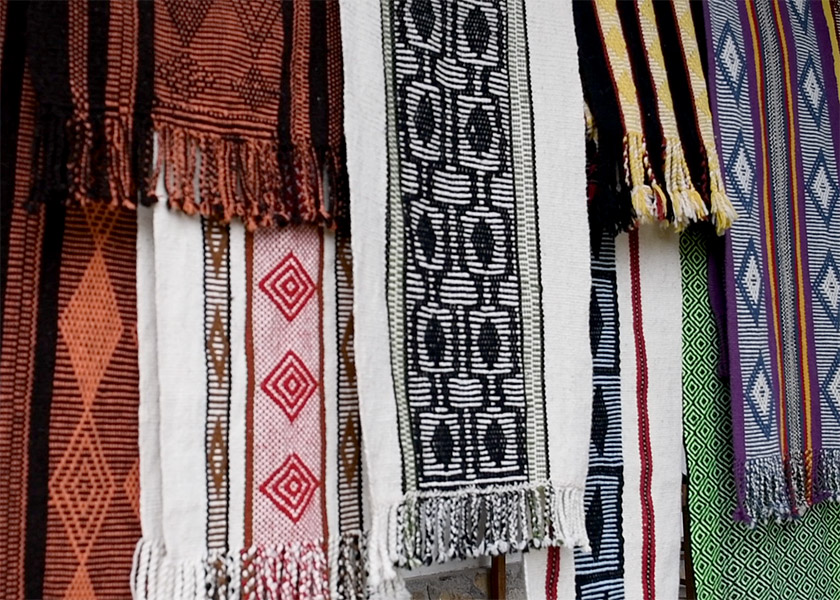
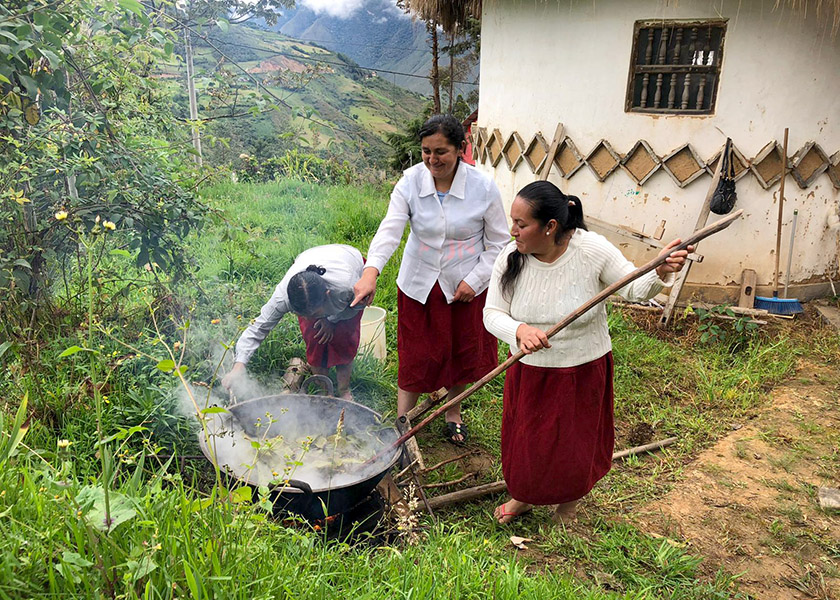
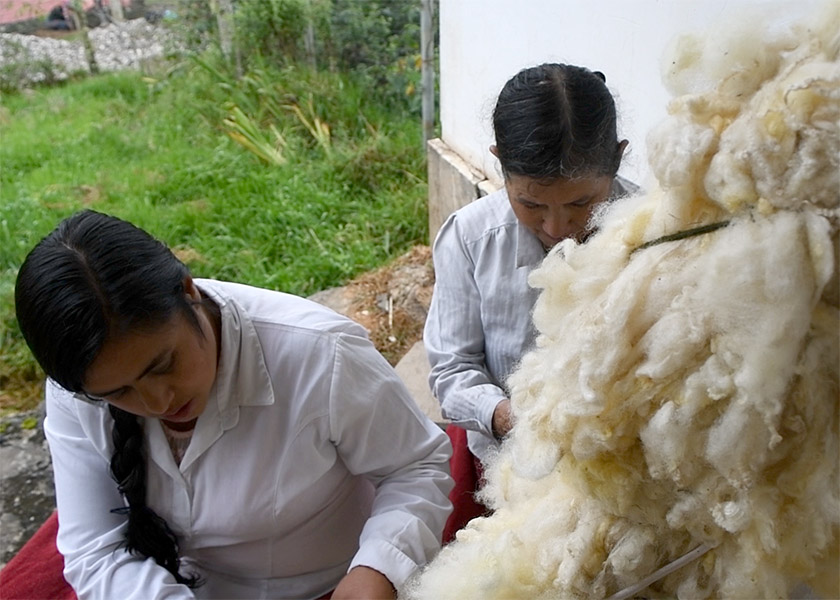
The limitation of the promotion of cultural heritage in Peru
However, this harmonious relationship with Kuelap has deteriorated with the construction of a tourist cable car, connecting the site to the village of Nuevo Tingo. Suddenly, the bus route through Maria became redundant. And even if the craftswomen were given a stand at the entrance of the museum, they have to make a long journey through precarious roads to get there...
But never mind. Already, the craftswomen of Maria organize themselves to sell their products in other villages, in search of their customers. Because their association still attracts a new generation of craftswomen, they are determined to continue sharing their know-how with the world.
Manuel-Antonio Monteagudo
